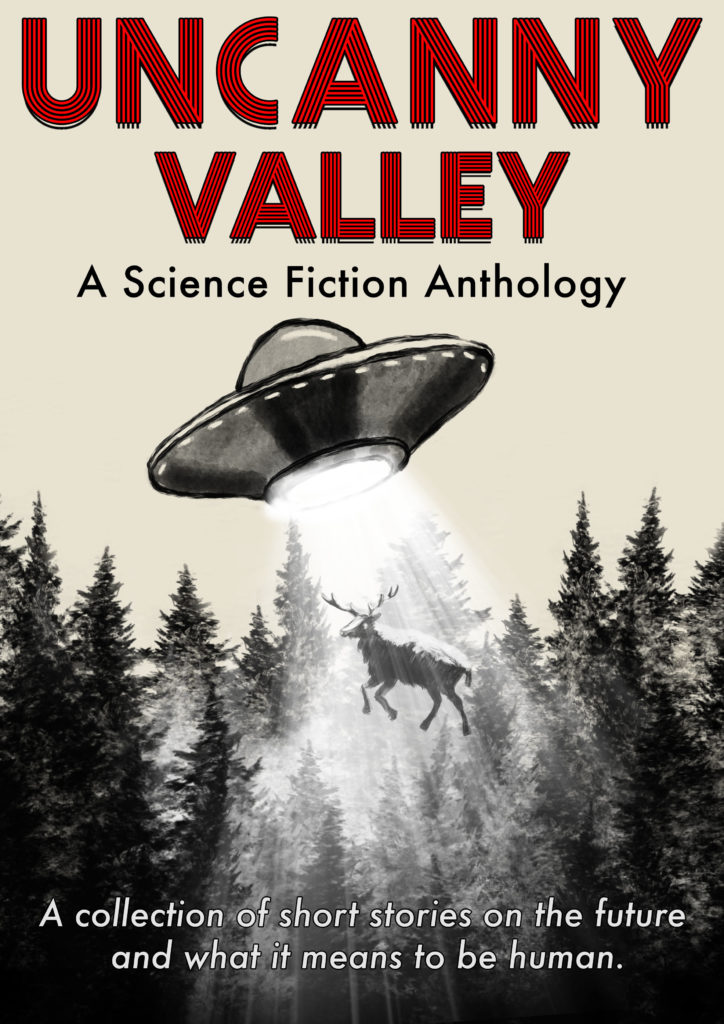
To celebrate the launch of Uncanny Valley: A Science Fiction Anthology we asked our authors four simple questions.
Dan Koboldt, writer of both “Infinity Drive” and the foreword of the anthology, tells us about data technology, hope, and sandworms.

What was the inspiration behind your short story?
Many years ago, the head of my genetics laboratory, Ray, went on a safari to Africa. He loved photography and had bought a digital SLR camera – still a relatively new technology at the time – for the trip. When he returned, he downloaded so many (large) photo files that it crashed our research servers. Stories like that are common. Moore’s Law suggests that the efficiency of our computers will double about every two years, allowing us to store more data in smaller devices. Yet the throughputs of technologies that produce data – such as digital photography – tend to grow exponentially. Now you can buy a 2-terabyte hard drive for around $50. That seemed unimaginable a decade ago. However, you can also record high-definition video on your phone, which will fill up those terabytes rather quickly. I imagine that tension between data production and data storage will continue well into the future.
What does science fiction mean to you?
For me, science fiction offers a means to express our hopes, dreams, and fears about the future with the power of storytelling. Sometimes that’s extrapolating about the current trends in technological development to imagine things that will be possible in fifty or a hundred years. Other times it’s dreaming about the distant future when things like interstellar travel may be possible. A lot of science fiction offers a grim view of what’s in store for humanity. Personally, I tend to read and write stories that show our future in a more positive light. How good things could be, if you will.
What’s your favorite science fiction artwork, book, or film?
My favorite work is the Dune series by Frank Herbert, Brian Herbert, and Kevin J. Anderson. It neatly fits all three categories, as the books have inspired some incredible artwork and the newest film adaptation (set to release in October of this year) promises to be spectacular. Dune has so many of the things I want in a book: adventure, warfare, political intrigue, and fantastical settings. Plus, you know, massive sandworms which produce a life-extending drug.
Androids or Aliens?
I’d choose aliens simply because the possibilities for extra-terrestrial life are so vast. We often think of aliens as humanoid life forms, but there are many other plausible forms of advanced intelligence. Darwinian evolution is often driven by the environment, so aliens that develop on a planet very different from ours will necessarily be very different beings. It’s fun to think about what that might look like. This is not to dismiss androids entirely; the Murderbot series by Martha Wells is one of my favorite modern works, and the main character is an android.
Read Uncanny Valley: A Science Fiction Anthology on Amazon or Kobo. Keep up to date with all Distant Shore Publishing’s new releases, opportunities, and short stories via our newsletter, or follow us on Facebook and Twitter.
